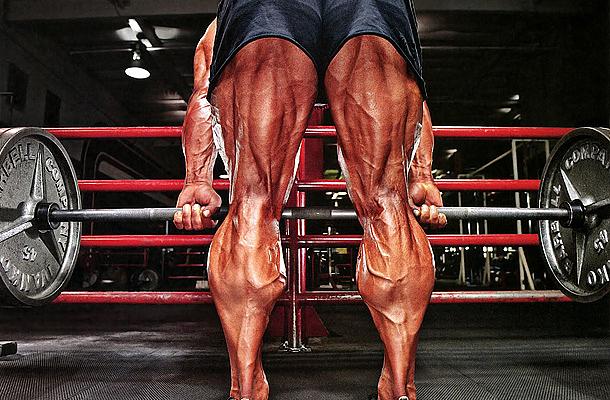1. Stretch And Activate
- Pretend you’re doing a single leg standing curl and flex
- Hold the contracted position of a leg curl for 3-5 seconds at the end of your first few warm up sets
- Flex your hamstrings as you would in a ‘rear relaxed’ bodybuilding pose, which involves digging your feet/heels into the ground to switch on your hamstrings
2. Hips In, Hips Back


.png)